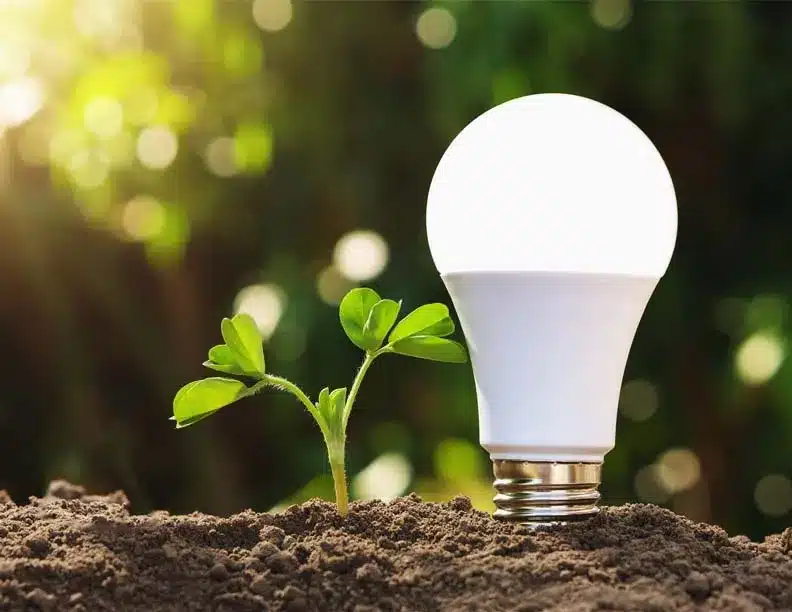Table of Contents
Imagine a world where your lights last for decades, slash your electricity bills, and shine brighter than ever—all while being eco-friendly. Does it sound too good to be true? LED Light Bulbs have turned this dream into reality! Whether you’re looking to upgrade your home lighting, create a cozy ambiance, or boost efficiency in your workspace, LEDs are the ultimate game-changer. In this guide, we’ll uncover everything you need to know about LED bulbs, from their energy-saving benefits to choosing the perfect one for your needs. Get ready to light up your life—smarter, longer, and better!
What are LED Light Bulbs?
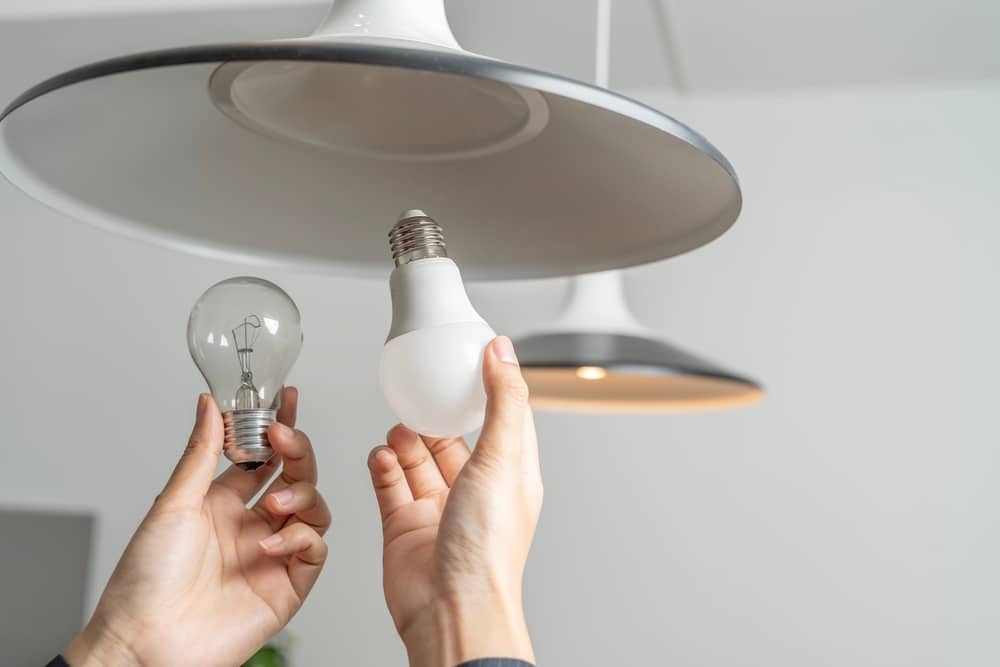
LED light bulbs are electrical lights that generate light using light-emitting diodes. Compared with ordinary and neon bulbs, LED light bulbs are more energy efficient. These bulbs Reduce electricity costs and environmental effects—LEDs when compared with various energy-efficient bulbs, illuminate immediately after turning on.
The Evolution of LED Light Bulbs
Light-emitting diode (LED) technology has a fascinating history that dates back to the early 20th century. In the 1960s, the first practical LED was developed, emitting only red light. Over the decades, advances in semiconductor materials allowed for the creation of LEDs in various colors, eventually leading to white LEDs suitable for general lighting. Today, LED bulbs have largely replaced incandescent lamps and compact fluorescent lamps (CFLs) due to their superior efficiency and longevity.
Benefits of LED Light Bulbs
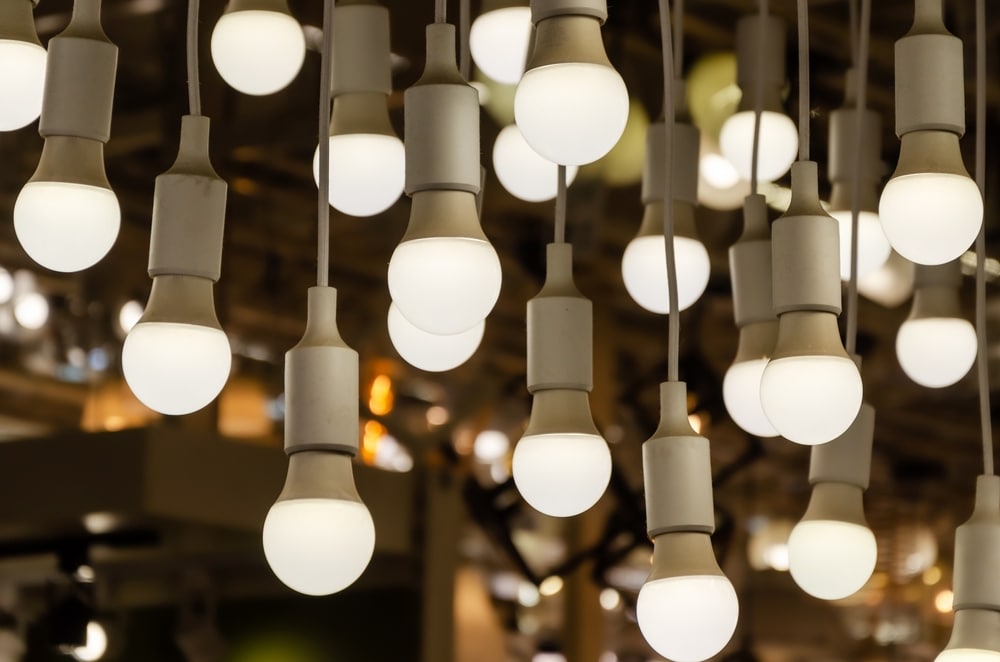
When purchasing LED bulb lights, consider color temperature, energy equivalent, and any unique features or specifications needed. Also, consider brightness, compatibility with dimmer switches, and other features.
Energy Efficiency
One of the most significant advantages of LED bulbs is their energy efficiency. Unlike incandescent bulbs, which convert most of their energy into heat, LEDs use up to 80-90% less energy to produce the same amount of light. This results in lower electricity bills and reduced carbon emissions.
Long Lifespan
Traditional bulbs typically last between 1,000 and 2,000 hours, whereas LED bulbs can last between 25,000 and 50,000 hours. This longevity reduces the frequency of replacements, making them more cost-effective in the long run.
Environmentally Friendly
LED light bulbs do not contain toxic materials like mercury, which is found in CFLs. Additionally, their reduced energy consumption lowers the demand for electricity, decreasing the reliance on fossil fuels and reducing greenhouse gas emissions.
Improved Safety
Since LEDs emit minimal heat compared to incandescent bulbs, they reduce the risk of burns and fires. This makes them ideal for enclosed fixtures, children’s rooms, and areas with high heat sensitivity.
Variety of Colors and Designs
LEDs come in various color temperatures, ranging from warm white to cool daylight, allowing users to create different atmospheres. They also support smart technology, enabling color-changing features and dimmable options.
Types of LED Light Bulbs
Standard LED Bulbs
These resemble traditional incandescent bulbs and are commonly used in household lighting fixtures such as table lamps, ceiling lights, and wall sconces. They are available in different wattage equivalents to match brightness requirements.
Smart LED Bulbs
Equipped with Wi-Fi or Bluetooth connectivity, smart LED bulbs can be controlled remotely using smartphones or voice assistants like Alexa and Google Assistant. They offer features such as color changing, dimming, and scheduling for enhanced convenience.
LED Spotlights
Designed for directional lighting, LED spotlights are often used in track lighting, recessed lighting, and accent lighting. They provide focused illumination, making them ideal for highlighting artwork, architectural details, and display cases.
LED Tube Lights
These are designed to replace traditional fluorescent tube lights in commercial and industrial settings. They provide better illumination, reduced flickering, and lower energy consumption, making them a preferred choice for offices, garages, and warehouses.
LED Filament Bulbs
For those who prefer a vintage or aesthetic appeal, LED filament bulbs mimic the appearance of traditional Edison bulbs while offering the energy efficiency of LEDs. They are commonly used in restaurants, cafes, and decorative lighting fixtures.
LED Panel Lights
LED panel lights are thin, flat lighting solutions used in office buildings, schools, and hospitals. They provide uniform illumination and come in various sizes to fit standard ceiling grids.
LED Strip Lights
Flexible and customizable, LED strip lights are used for accent lighting, under-cabinet lighting, and decorative applications. They come in various colors and can be cut to specific lengths, making them perfect for home decor, entertainment systems, and retail displays.
Applications of LED Light Bulbs
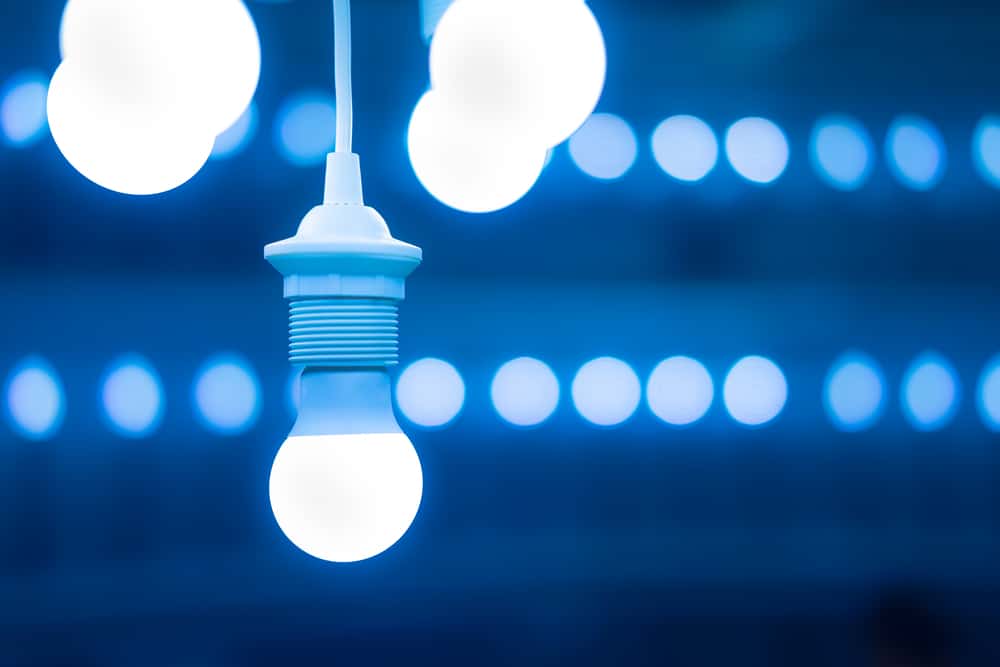
1. Residential Lighting
LED bulbs are widely used in homes for general lighting, task lighting, and decorative purposes. They are found in living rooms, kitchens, bathrooms, and outdoor landscapes, enhancing comfort and energy savings.
2. Commercial Lighting
Businesses benefit from LED lighting due to its low maintenance and long lifespan. Offices, retail stores, hotels, and restaurants use LED lights to create inviting and productive environments while reducing operational costs.
3. Industrial Lighting
Factories and warehouses require high-intensity lighting for safety and efficiency. LED high bay lights and floodlights provide powerful illumination with minimal energy consumption, making them ideal for industrial spaces.
4. Automotive Lighting
LED technology is used in headlights, taillights, and interior lighting in modern vehicles. They offer brighter, more efficient, and longer-lasting alternatives to traditional halogen or HID lamps.
5. Street and Outdoor Lighting
Cities and municipalities have adopted LED streetlights to reduce energy expenses and enhance road safety. Additionally, LED floodlights and pathway lights improve security and visibility in outdoor spaces.
How to Choose the Right LED Light Bulb
When selecting an LED bulb, consider the following factors:
Brightness (Lumens vs. Watts)
Unlike incandescent bulbs that measure brightness in watts, LED brightness is measured in lumens. For example, a 60-watt incandescent bulb is equivalent to an 800-lumen LED bulb.
Color Temperature
LEDs come in different color temperatures, measured in Kelvins (K):
- 2700K – 3000K: Warm white (similar to incandescent light)
- 3500K – 4500K: Cool white (bright and neutral)
- 5000K – 6500K: Daylight (crisp and bluish-white)
Dimmability
Not all LED bulbs are dimmable. If you require dimming functionality, ensure the bulb is labeled dimmable and is compatible with existing dimmer switches.
Base Type and Compatibility
LED bulbs come in various base types (e.g., E26, E27, GU10, MR16). Check your fixture’s socket to ensure compatibility.
Energy Star Certification
Energy Star-rated LED bulbs meet high energy efficiency and performance standards, ensuring durability and reliability.
The Future of LED Lighting
As technology advances, LED lighting continues to evolve. Innovations such as organic LEDs (OLEDs), tunable white lighting, and Li-Fi (light-based internet transmission) are shaping the future of illumination. The increasing adoption of smart lighting systems will further enhance energy savings and automation capabilities in homes and businesses.
Best LED Light Bulbs: Top Picks
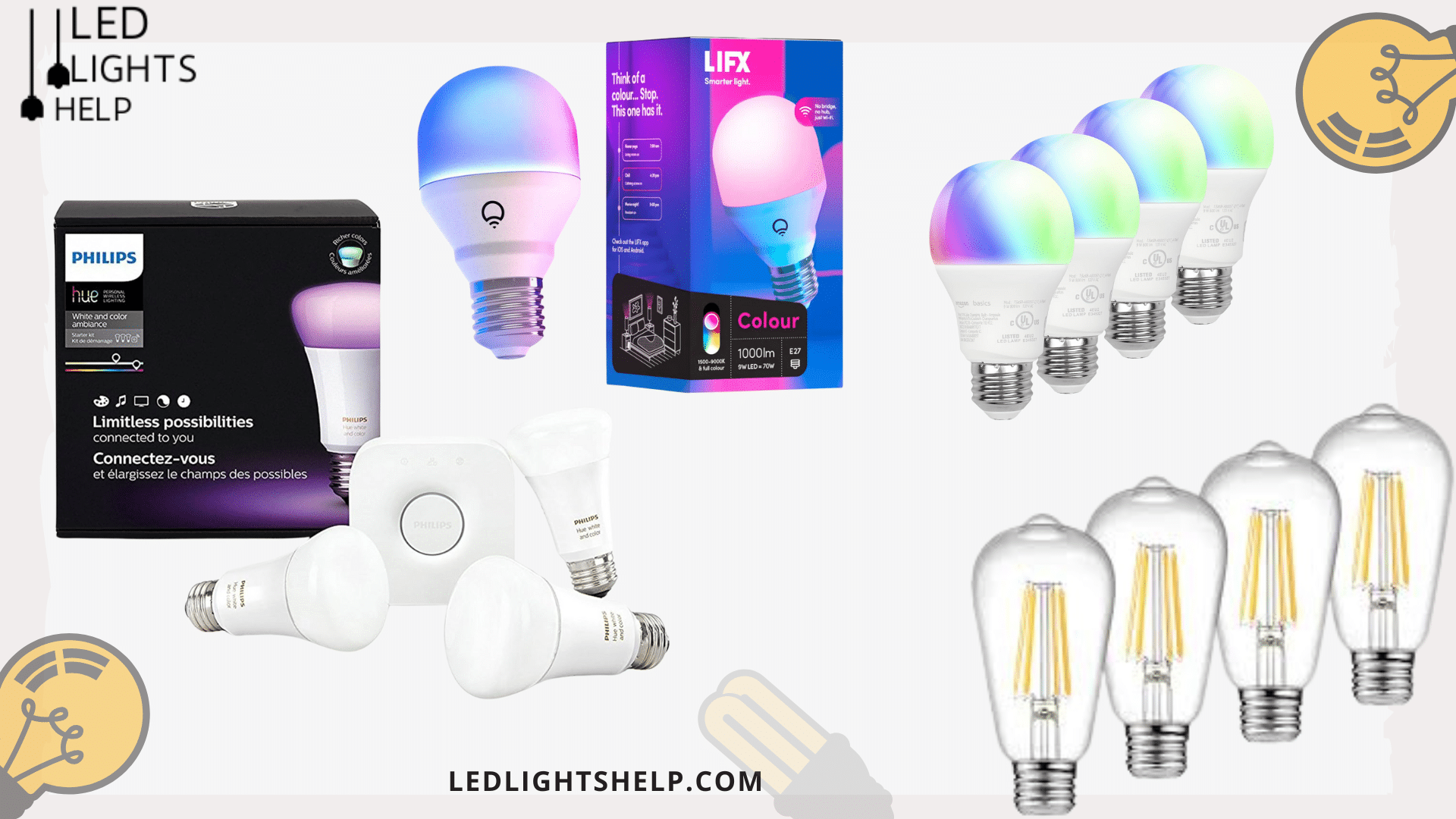
Here are some of the best LED light bulbs in different categories to suit various needs:
Best Overall LED Light Bulb
1. Philips Hue White and Color Ambiance LED Smart Bulb
Features
- Smart connectivity with Wi-Fi, Alexa, Google Assistant, and Apple HomeKit
- 16 million colors with adjustable brightness
- Energy-efficient with a lifespan of up to 25,000 hours
- Dimmable and works with most smart home systems
Best For: Smart homes, mood lighting, and customizable ambiance
Best Budget LED Bulb
2. Amazon Basics 60W Equivalent LED Light Bulb
Features
- Affordable and high-quality illumination
- 800 lumens (60W equivalent) with soft white light (2700K)
- Non-dimmable, ideal for general household use
- Long lifespan of up to 15,000 hours
Best For: Everyday use, budget-conscious buyers
Best Dimmable LED Bulb
3. LIFX A19 LED Smart Bulb
Features
- Dimmable with app control (no hub required)
- Brighter than most competitors (1100 lumens)
- Adjustable color temperature (warm to cool white)
- Works with Alexa, Google Assistant, and Siri
Best For: Bedrooms, living rooms, and smart lighting systems
Best LED Filament Bulb (Vintage Style)
4. Ascher E26 LED Filament Bulb
Features
- Vintage Edison-style with modern LED efficiency
- Dimmable warm white (2700K)
- Energy-efficient (6W replaces 60W incandescent)
- 20,000-hour lifespan
Best For: Industrial, rustic, and retro-themed interiors
Best LED Bulb for Bright Daylight Lighting
5. Cree 100W Equivalent Daylight LED Bulb
Features
- 1600 lumens (100W equivalent) for bright illumination
- Daylight color temperature (5000K) for crisp lighting
- Shatter-resistant design
- Rated for 25,000 hours of use
Best For: Offices, kitchens, and garages
Conclusion
LED light bulbs have transformed the way we illuminate our spaces, offering energy savings, durability, and versatility. From residential and commercial applications to automotive and industrial use, LEDs have become the preferred choice for efficient and sustainable lighting. With their continued advancement, LED lighting will play a crucial role in shaping a brighter and greener future.


